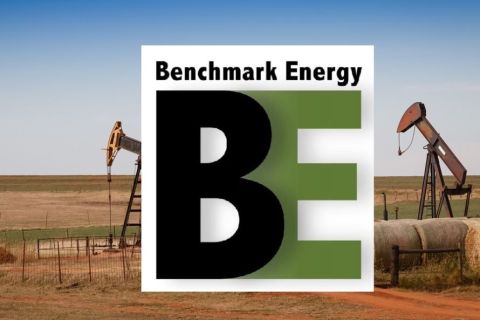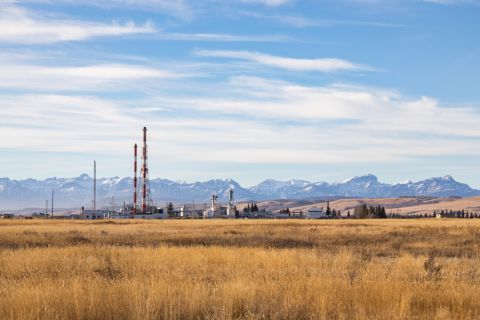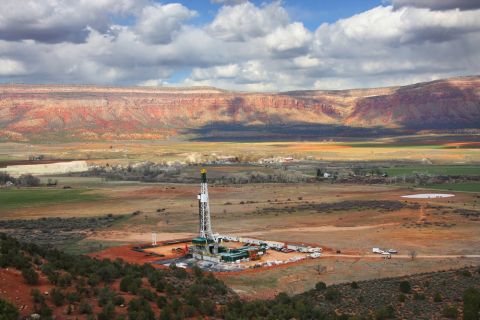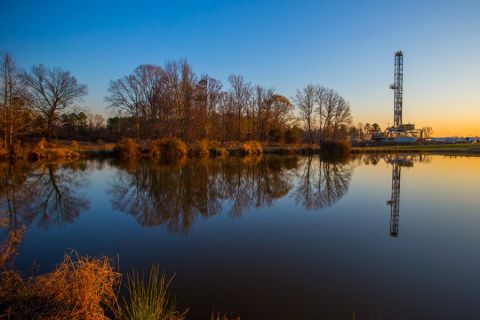Alaska wants to start on the first phase of the state’s LNG export plant and pipeline project by seeking federal funding and working with a private firm to build a natural gas pipeline from the North Slope to Fairbanks.
The proposed $5.9 billion pipeline would run roughly 500 miles (800 km) and could start delivering gas into central Alaska in 2025, according to a report Frank Richards, president of the Alaska Gasline Development Corp. (AGDC), presented to the board on Feb. 4.
Richards said the companies would seek federal stimulus or infrastructure funding that could cover about 75% of the cost of the first phase and help attract outside investment. AGDC did not name the private company but called it ”a major pipeline developer.”
“Phase One of the Alaska LNG project is poised to quickly put thousands of people to work,” Richards said, noting the federal stimulus money would be used to stimulate the economy, clean the air and lower energy bills.
The total $38.7 billion project includes an 807-mile pipeline with the capacity to transport 3.3 Bcf/d to a liquefaction plant in Nikiski on the Kenai Peninsula.
The plan has been in the works for a long time. Alaska signed an agreement with major oil and gas companies to build the project in 2014, but the state ended up taking over its development in 2016 after the oil companies backed out.
Since then, AGDC received federal authorization to build the project in May 2020 and signed agreements with BP Plc and Exxon Mobil Corp. to help advance its development.
BP and Exxon Mobil produce massive amounts of oil in Alaska and have discovered huge gas resources that are stranded in the North Slope. Alaska LNG would give that gas access to global markets.
Recommended Reading
SilverBow Saga: Investor Urges E&P to Take Kimmeridge Deal
2024-03-21 - Kimmeridge’s proposal to combine Eagle Ford players Kimmeridge Texas Gas (KTG) and SilverBow Resources is gaining support from another large investor.
Benchmark Closes Anadarko Deal, Hunts for More M&A
2024-04-17 - Benchmark Energy II closed a $145 million acquisition of western Anadarko Basin assets—and the company is hunting for more low-decline, mature assets to acquire.
Analyst: Chevron Duvernay Shale Assets May Sell in $900MM Range
2024-01-29 - E&Ps are turning north toward Canadian shale plays as Lower 48 M&A opportunities shrink, and Chevron aims to monetize its footprint in Alberta’s Duvernay play.
Uinta Basin's XCL Seeks FTC OK to Buy Altamont Energy
2024-03-07 - XCL Resources is seeking approval from the Federal Trade Commission to acquire fellow Utah producer Altamont Energy LLC.
Mesa III Reloads in Haynesville with Mineral, Royalty Acquisition
2024-04-03 - After Mesa II sold its Haynesville Shale portfolio to Franco-Nevada for $125 million late last year, Mesa Royalties III is jumping back into Louisiana and East Texas, as well as the Permian Basin.





